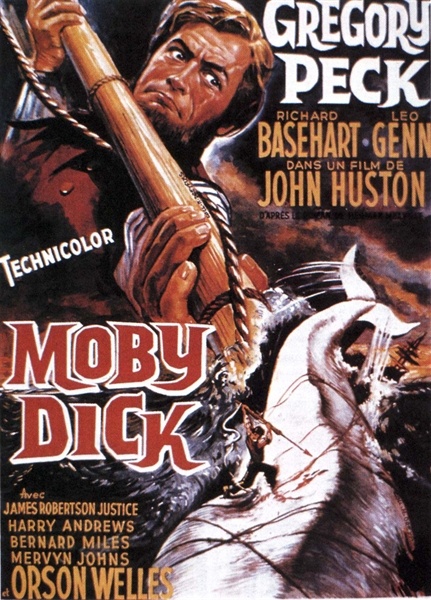
A couple of weeks ago, we went for a walk in a big local park. The dry season started about six months ago, which means virtually no rain. There were several big fires in the park recently. That didn´t stop this woman from taking a ride.
The daily newspaper Mural had several interesting stories this past week...
-- 10 mayors in the state of Michoacán were arrested for their complicity with a major drug gang, known as the Family....
-- The governor of the state of Zacatecas is denying any involvement in the escape of 53 drug thugs from the prison in her state. The escape was executed in less than three minutes, without firing a shot. Seventeen SUVs entered the prison, the murderers and traffickers hopped aboard and disappeared.
That governor is being challenged in the next election by a candidate whose family owns a warehouse where 14 tons of marijuana was recently seized. They were shocked -- shocked -- to learn that this contraband was on their property. So the two candidates are accusing each other of being the more crooked.
-- Land along the shoreline of Lake Chapala, Mexico´s largest body of water, is supposed to be federally protected property, but private owners are simply extending their property lines outward by buildings piers, filling in with stone and building tennis courts. It´s completely illegal but the federal agency charged with enforcement is ineffective.
Carlos Fuentes doesn´t get the joke
A couple of weeks ago, the much-honored Mexican writer Carlos Fuentes wrote a column in the Reforma Group´s papers about how Obama had ushered in a new attitude toward treatment of prisoners compared to the evil Dick Cheney.
Fuentes quoted six paragraphs of a Maureen Dowd column that included what were supposedly Cheney´s comments on torture and terrorism to a secret meeting of the Senate Intelligence Committee.
Fuentes evidently couldn´t detect that the column was a complete put-on. Dowd left lots of verbal cues that the dialogue was imaginary, including Cheney´s parting comment that Jack Bauer (24´s fictional hero) was our finest counterterrorism agent. Fuentes missed all of the satire and irony. Tone and style are easy to miss in a foreign language.

When girls turn 15, they have a big church ceremony and a party, kind of like a coming out. The guys have to dress like members of a wedding party. We saw these guys in Xochimilco one Saturday.
Life in Guadalajara
Yesterday I went to the post office (nearest one is about four miles from here) to buy stamps. I asked for 50. The denomination I wanted (10 pesos, 50 centavos) came on a little sheet with three other denominations. The clerk patiently tore the denomination I wanted from 50 separate sheets. About a 15-minute operation.
Mailboxes are few and far between. The nearest to us is more than a half-mile away. Still, this is better than Santa Cruz, Bolivia, a city of about 1.5 million, which has only one post office and only two mailboxes, one in aforesaid post office.

 The flu scare seems to be over. I still don´t know anyone who knows anyone who was sick with the flu. This little desktop pen holder was decorated by its owner. In the office building where I work, the receptionist took my temperature every morning by putting a sensor against my forehead. Antibacterial soap dispensers are everywhere.
The flu scare seems to be over. I still don´t know anyone who knows anyone who was sick with the flu. This little desktop pen holder was decorated by its owner. In the office building where I work, the receptionist took my temperature every morning by putting a sensor against my forehead. Antibacterial soap dispensers are everywhere.


























